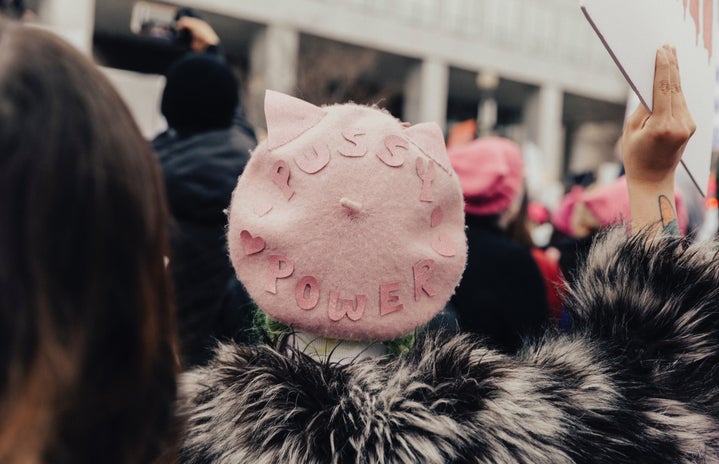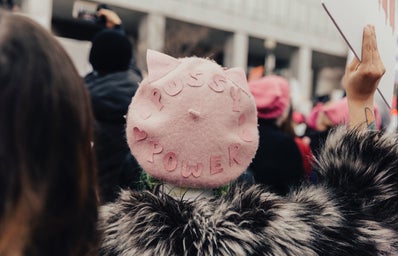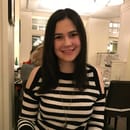Most people who go to college submit their first vote through an absentee ballot, but since Barnard is located in my hometown, I cast my votes in person. My polling location is a public school on the Upper East Side, so on a soggy Tuesday afternoon, I performed my civic duty, umbrella in hand. When I went downstairs to access the gymnasium where the voting area is located, I was confronted with a huge line as soon as I exited the stairwell, wrapping twice around the long hallway towards the gym. The first thought that popped into my head was, “This is why people don’t vote.” Just looking at the people crammed into the hallway on the line made me nervous. I tried to get on it, but I was told to go into the gym for further instructions. I weeded through the two lines to the gym, only to find that I had to fill out a paper ballot and then wait on the line to get it scanned. I fought my way through the packed gym to the voting booths and found that only four or five out of approximately 30 booths had pens. I waited for one to open up, filled out my ballot, and took a deep breath as I joined the huge line. I heard someone say that the wait was going to be an hour, but I thought it would be longer.
While waiting on the line to get my ballot scanned, the woman in front of me struck up a conversation with me. She said that the line was even worse in the morning, and that she had to vote, rain or shine, because this election felt bigger than most. That was a sentiment echoed by just about everyone on the line. I heard a man a few places behind me say that the future of the country was at stake; another said, “If you don’t vote, you can’t complain about losing your rights,” and a woman ahead of me marveled at how the turnout throughout the day was larger than it was for the 2016 presidential election. Two years ago, the line stretched outside and down the block to Park Avenue, and the location was featured on NBC New York as one of the worst polling places in the five boroughs, although by 2 to 3 p.m., the lines were substantially shorter. This time, the school was packed with people from 7 a.m. until the polls closed, and it was not crazy enough to make NBC New York’s list of worst voting locations, which were primarily in Brooklyn and the Upper West Side.
Personally, I was excited to see so many people voting, and that they were enthusiastic about making their voices heard. It isn’t a secret that New York City, excluding Staten Island, is heavily Democratic, so elections here are never even remotely competitive. In the past, many people have felt that their votes didn’t count, which eventually led to widespread voter antipathy, culminating in near-record-low turnouts for the 2017 NYC mayoral election. This year, despite the long line, which would normally have led to people giving up on voting, not one person left. There were also more young people voting at my polling place in 2018. In 2016, I was the only person there at the time who was under 40 or 50, but this year, as I scrutinized the line, I saw 10 people in their 20s and at least three times as many people between 30 and 40. I was so swept up by the energy of my fellow voters on the line that time went by quickly, and 25 minutes later, I scanned my ballot in the machine. As I made my way back to the stairwell, I passed an equally large line of people waiting to vote. I learned an important lesson voting this year: Democracy is still very much alive and well in New York City.


